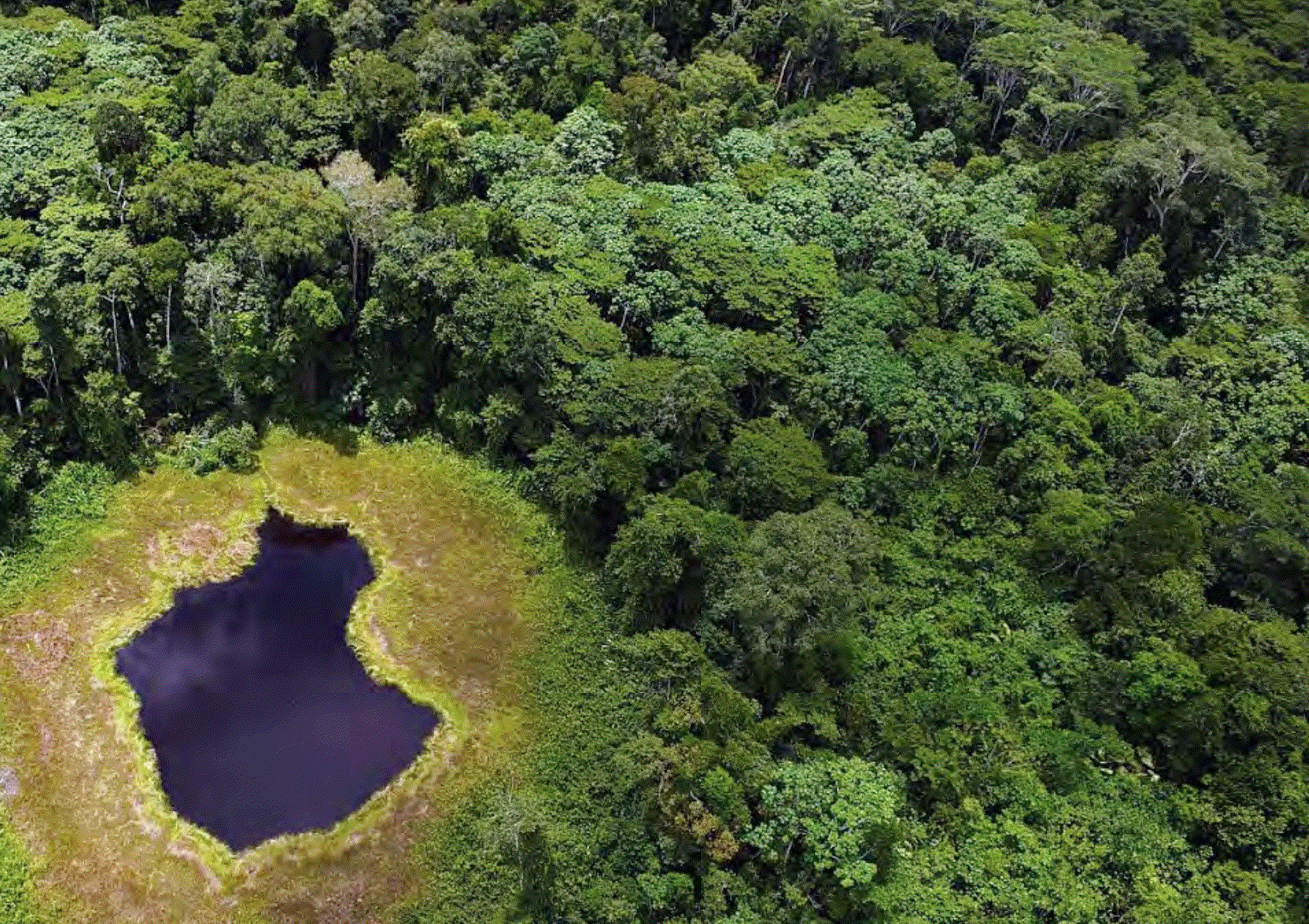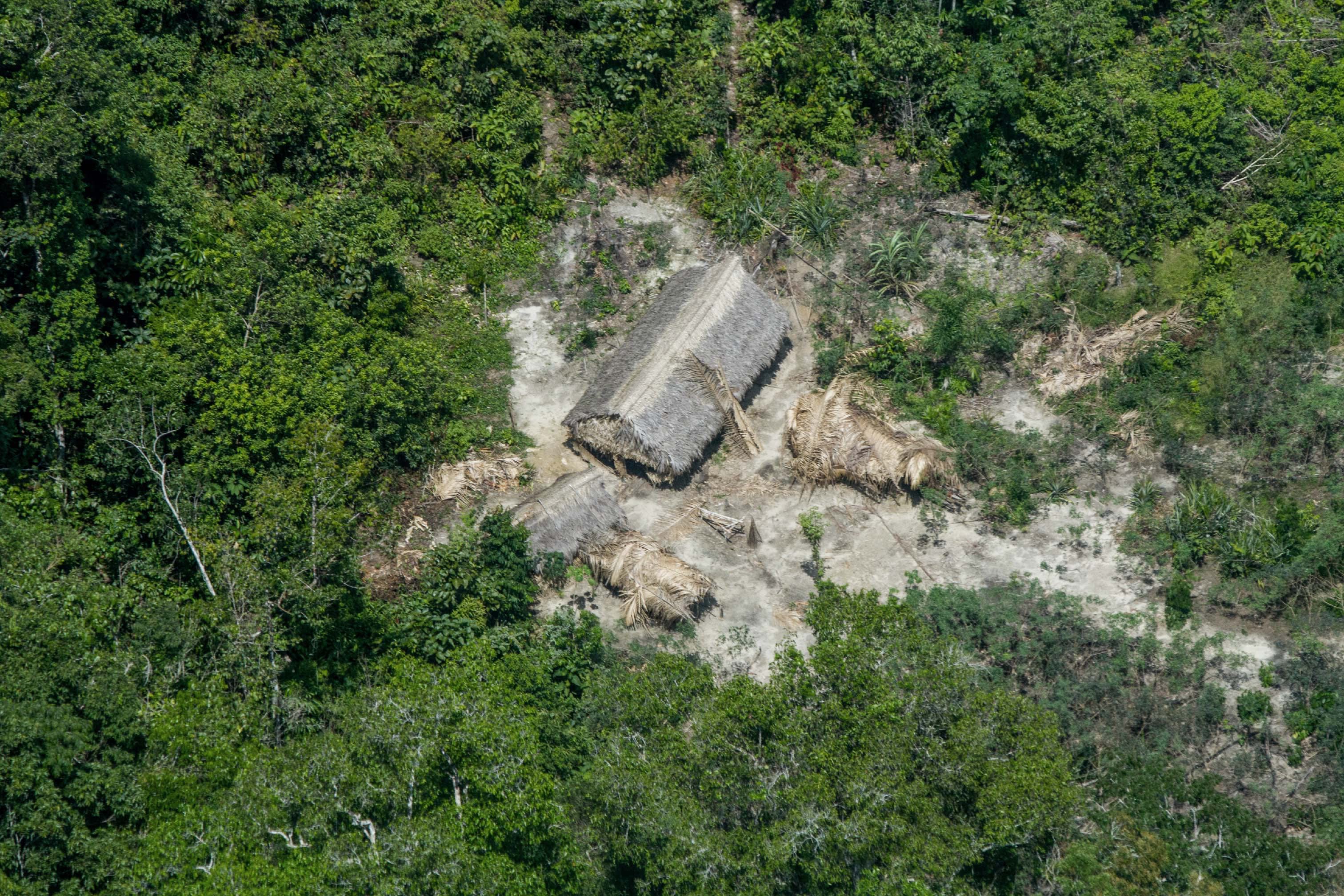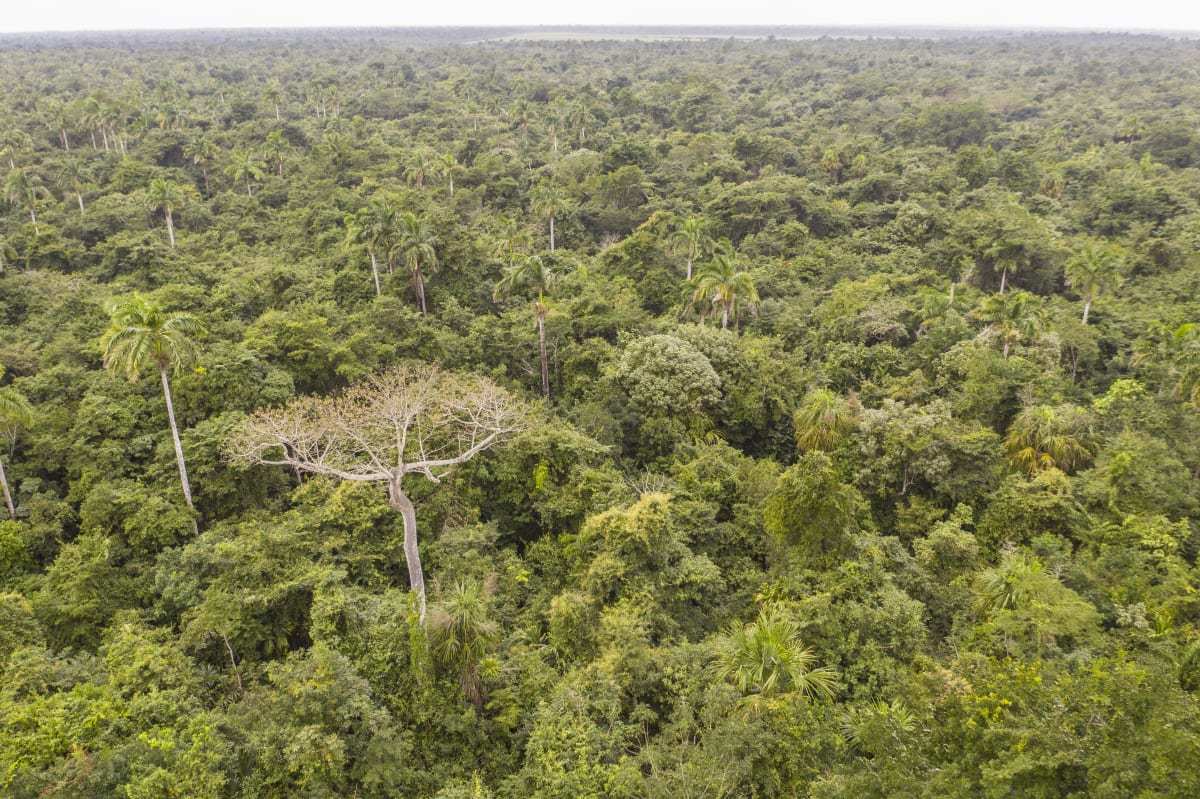GCC Talks To Art To Acres Founder, Artist Haley Mellin
Art to Acres is a non-profit initiative founded by Haley Mellin in 2017. It connects art and large-scale land conservation by raising funds through the sale of specifically gifted art works and voluntary donations. It uses this money to buy, protect and support threatened ecosystems such as tropical, cloud and temperate forests.
‘Art and land conservation are about legacy —what we decide to make important and leave behind. While an artwork is a visual of a moment in time, a wild place is the visual of all time compounded.’ Haley Mellin
GCC: How do you find the right sites to support and protect?
Haley Mellin: Conservation begins with community request and leadership. With this in mind, a range of factors are considered: scale, intactness, below and above-ground carbon stores, biodiversity, post-declaration management security, and connectivity to other conserved areas to build and support migration corridors. After at least a two year due diligence period, location has a team of conservation non-profit partners led by local leadership. With each location, we learn. The locations are often indigenous protected areas or national and regional designation projects such as National Parks. The grants fund legal support, biodiversity surveys, land tenure surveys, mapping, signage, formal declaration and a management support endowment. To date, projects are in North and South America with a focus on original-growth tropical forests, such as cloud forests, rainforests and boreal forests because of the carbon stores in these biomes. We are looking at three projects in Europe that involve peat and old growth forests that are very dense. Europe is such an interesting place in terms of conservation because the species, especially among the flora, is so historically interesting. There are pure strands of certain tree types that don’t exist anywhere else on the planet.

Maya Corridor, Belize, Photo courtesy Robin Moore
GCC: Presumably, finding and buying the right sites is the first step. What do you do once the land is conserved? How do you ensure it remains protected?
HM: The majority of my work is in due diligence. Before a project commences, we look at four to five levels of security. How does something become permanent? There are tried and true conservation mechanisms that can be stacked in sequence and there are backups against backups, often a series of designations, title easements, and legal strata. For example, we are currently supporting NGO, Green Growth Suriname, in their advocacy for an Environmental Framework Law within the country of Suriname. The law enables indigenous communities to legally declare their own protected areas and conservation territories. Once the law is established, legal action can then conserve specific locations within the country. As one of the two carbon negative countries in the world, Suriname has 93% forest cover and is home to the highest per capita forest resource of any country worldwide. Its primary forests are inhabited by small populations of indigenous Amerindian people and people of African origin.
GCC: There are many human issues wrapped up in land conservation. How does Art to Acres work with indigenous people?
HM: Hundreds of millions of acres of indigenous land are currently under threat from industrial monoculture, logging and other forms of land conversion. Indigenous people who reside on these landscapes are their main defenders and our engagement is to fund their local leadership. Generally, the most useful thing we can do is support legal declaration, mapping and title mechanisms to provide permanent protection. One recent success: we worked in support of the the Yavarí Tapiche Indigenous Reserve in Peru, which was formally declared by Supreme Decree last week. It is a fully intact tropical forest with uncontacted inhabitants and the protected area borders the Eastern edge of the country. At 580,000 acres, it received the highest level of conservation designation in the country, higher than a National Park.

Parque Nacional da Serra do Divisor, Peru, Photo courtesy Thomas Mueller Ministry of Culture
GCC: A lot of people think about conservation and immediately think of tree planting as a solution. Why is a project like yours more efficient then planting a new forest?
HM: For climate balance, keeping stored carbon sequestered through old-growth land conservation is critical. On a cost basis, it is much more efficient to conserve the original forests that are currently under threat. A recent study cited that to conserve an existing single old-growth tree cost about $1.50, whereas planting and stewarding a new tree to maturity costs more like $5. These averages shift based on the location and conservation type. Cutting old-growth forests in one place while planting cultivated forests in another is as effective from a climate and biodiversity perspective as conserving pre-existing, slowly developed, self-sustaining ecosystems. And from a climate perspective, it takes time for a tree to mature to a level that will make significant carbon drawdown. Rewilding is very important for habitat restoration, greening urban spaces, erosion, and future climate support. All conservation approaches are necessary to achieve climate balance and the aim of 30% global terrestrial conservation protection by 2030.
GCC: Do you have more sites that you can’t yet protect due to lack of funding?
HM: Absolutely. Many locations of conservation value are lost to conversion or industrial agriculture due to lack of funding.
GCC: How has Covid affected the conservation battle?
HM: In 2020, the designations of new protected areas were delayed while waiting for the required votes of local or national governments. Also, rangers and local leaders became ill, which slowed timelines and progress. Recently, legal systems and congresses have been up and running again, and a range of protected areas were completed in early 2021. In the past month, through arts funds alongside matching funds, three regional or municipal conservation areas and one indigenous reserve were declared and one indigenous reserve were decalred protected. That is encouraging.
GCC: Do you still have time and energy to make your own work?
HM: Some weeks, no. But most often I do. I start my conservation work early each day. I paint in the afternoons.

